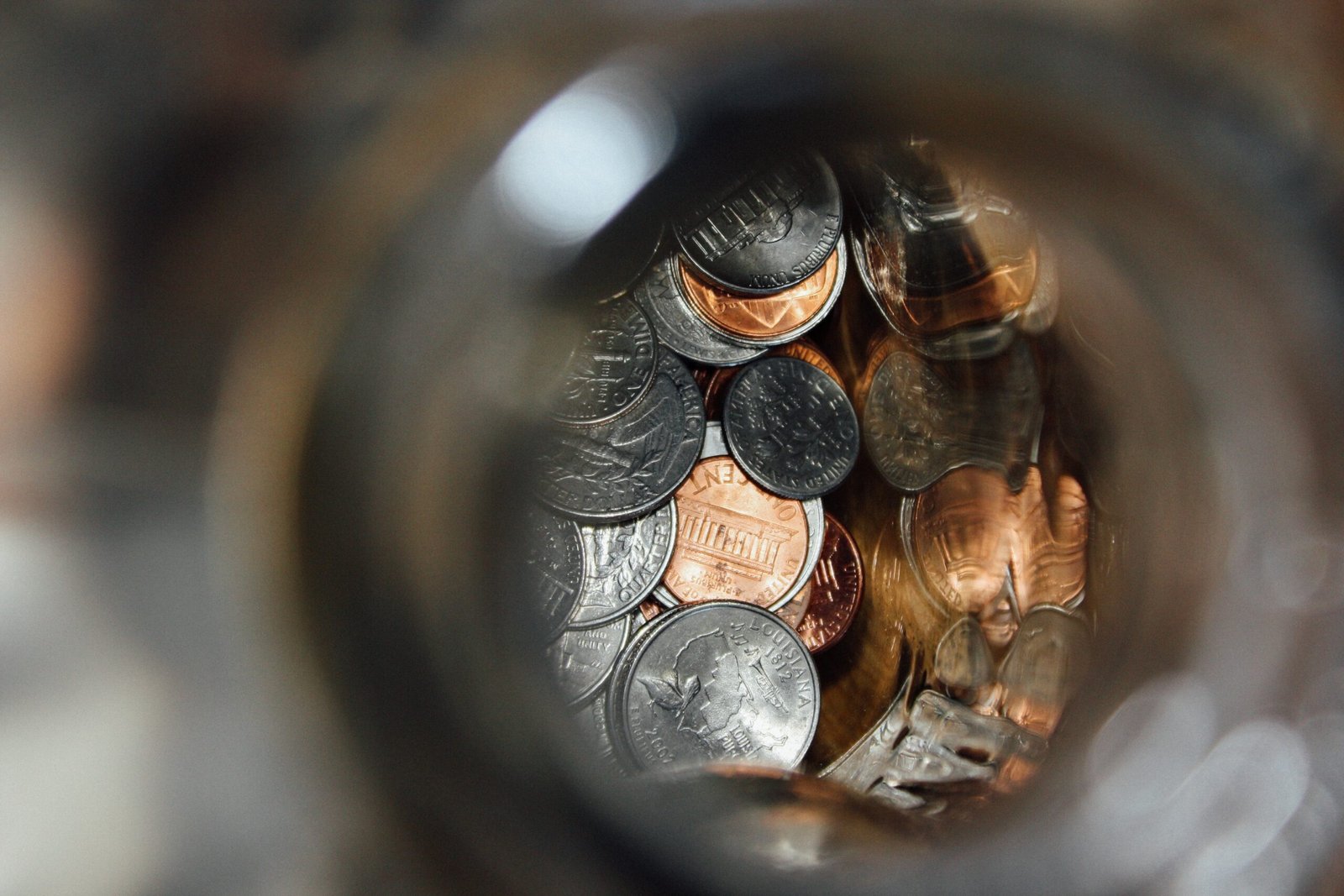
Pricing and transparency
Money has a strange capacity to make the most rational person make silly decisions. I empathise a lot with the comedian Jon Richardson, who said he’s naturally stingy and that he’d rather save a pound than earn a tenner.
So choosing what price I should assign to my books is a tricky question – too low and people think it’s low quality and I receive less reward for my hard work and creativity, and too high and I put off new readers and won’t actually earn as much. And then there’s the fact that in one sense it’s just an arbitrary number.
Hold that thought.
Why this is important
I did a sort of self discovery exercise a while ago to identify my core personal values, and top of the list for me was transparency. If I understand the reasoning behind a decision, even if I completely disagree with it, I tend to be much happier than when something’s just launched on me.
And so I’ve always felt uneasy when it comes to pricing books; when I shop for a book all I see is the price, and it’s unclear who gets what from that.
Because of that, I thought I’d share my current pricing breakdown. All of this is publicly available information, so all I’m really doing is writing a sum on my blog. Or at least that’s how I’m telling myself I’m maintaining my British cultural awkwardness about talking about my income.
What I earn
I’m going to use The Altimer as my example, which is currently priced at £6.99 on Amazon. (It’s more if you buy the signed copy on my website, and I’ll explain why below.)
I publish using Amazon’s self-publishing service, and there’s a pricing calculator available here. At 198 pages, the printing costs for The Altimer come in at £2.68, and the minimum I’m allowed to price it at is £4.47. But two other factors then come into play:
- Pricing it at the minimum earns me as the author a grand total of 0p per sale, and increases on that price are split between me and Amazon. So £6.99 is a royalty of £1.51.
- Amazon also stocks major bookstores, libraries and so on, and to activate this the minimum price on The Altimer has to be at least £6.79. I’d quite like that, and £6.99 is a nice neat price that’s as low as I can reasonably make it.
I haven’t worked out how much time it took me to write The Altimer. It’s my shortest gamebook at 300 sections, and each section takes time to plan, draft, rewrite, edit, proofread and playtest, not to mention time spent in section-shuffling, illustrating, formatting, and designing and producing the cover.
At near enough one half penny per section per book sold, that feels like a keenly-priced deal.
Why my website is so much more expensive
Kind people get in touch with a message along the lines of: “I assume you get a bigger royalty if I come direct to you.”
To a certain extent, that’s true. I can order a book directly from Amazon’s printing services, cutting out their retail profit, and so this version of The Altimer should be the same price as Amazon (there or thereabouts – if yours looks different please get in touch), but will send a couple more pennies in my direction.
The signed copies end up being a bit more, because in that case I need to pay the postage from the printers to me, and then from me to you. Looking at the tight margins we’re talking about, this tends to wipe out any royalty and so I need to cover that cost, not to mention the extra hassle I need to go through to order the books, get my special pen out, package them up well and chase courier services to do what I’ve paid them to do. I think I’m probably making no profit at all on signed copies at the moment, so I might even need to increase these prices soon.
Well, I hope that’s been an exhilarating whirlwind of fascinating insights.
[…] I’ve not worked with an illustrator yet is that I can’t justify the cost. I worked out in a post recently that I make £1.51 for each copy of The Altimer I sell, which has 15 full-page illustrations and […]